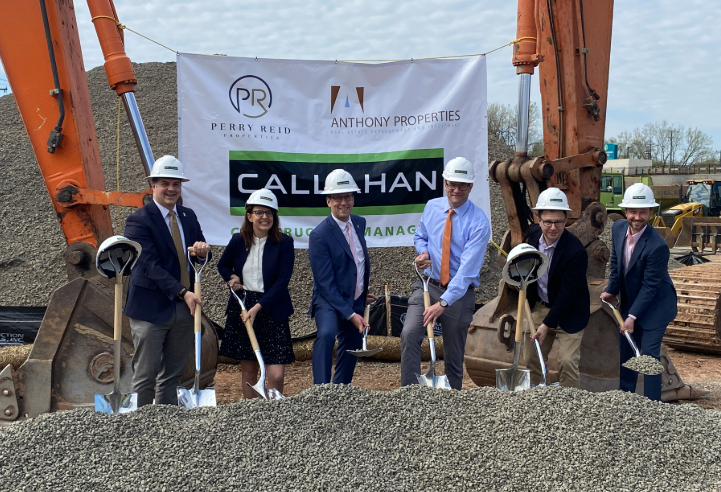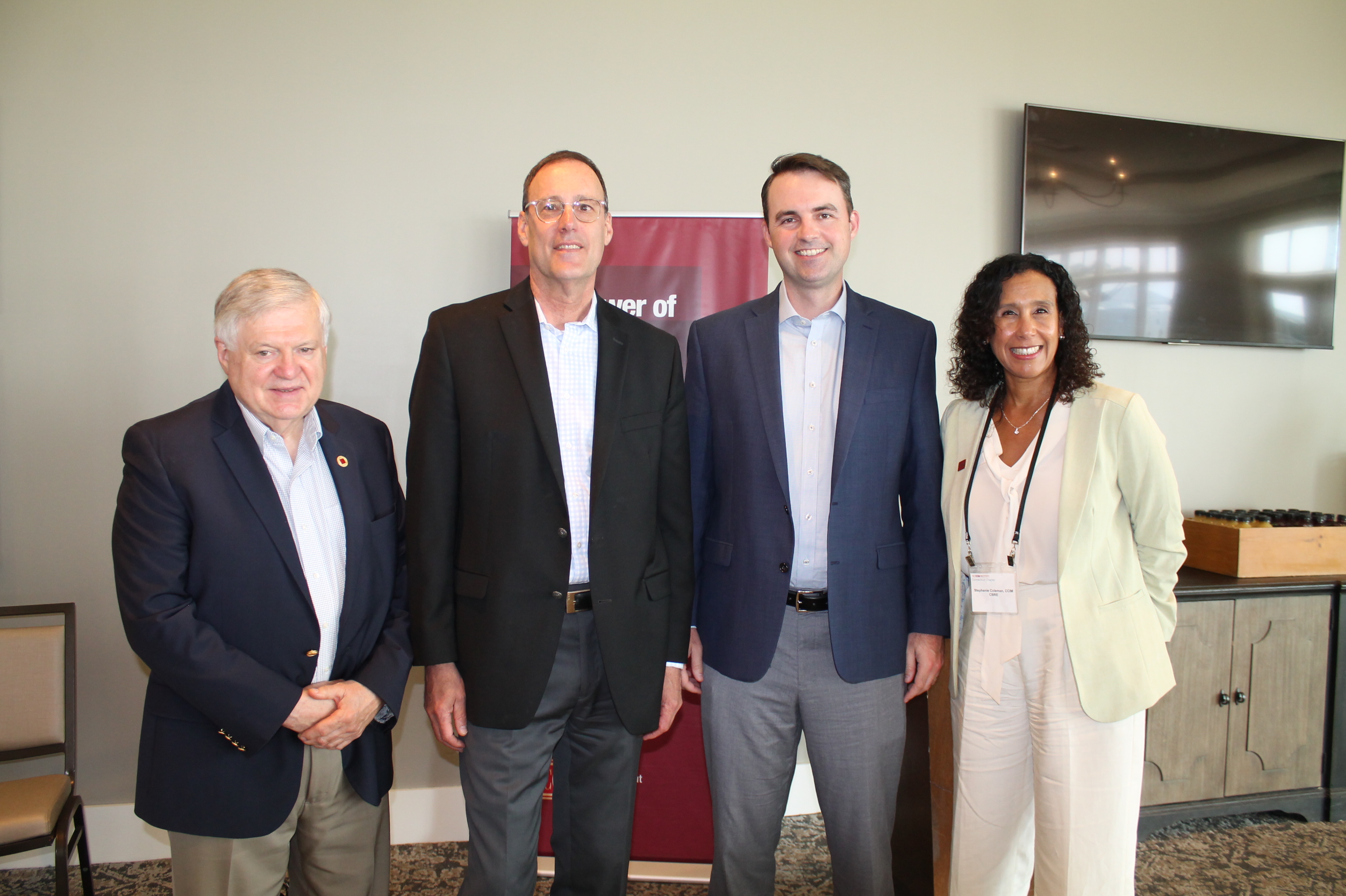News: Connecticut
Posted: September 15, 2009
All players delegated key project roles should be fully engaged in the project
In a time of complex projects and even more complex building solutions, it is a growing challenge to directly engage the owner in his or her own project. Increasingly, corporate and institutional owners trend to outsource responsibility and assign project representation to "expert" surrogates or structured management teams. While the intention may be to streamline process and protect interests, this practice paradoxically has the reverse effect. Silo'd responsibilities frequently leave no one in a position to make key strategic decisions - with unfortunate project consequences.
Intentional separation...
In public work, project representation was originally intended to ensure project success and the best use of public dollars by offering users expert management. However, in today's litigious environment, agencies and institutions laboriously toil over strict designer selection processes and even stricter communication protocols - for the sole purpose of maintaining accountability. As a consequence, this system very effectively distances the actual stakeholders from the professionals with the expertise to deliver truly successful results. The vested interests of the ultimate users are often misrepresented or missing altogether.
The corporate web we weave...
In private work, owners may retain the services of a Program Manager (PM) as a central project clearinghouse, but often assign only partial responsibility and authority. The PM engages additional experts for very succinct roles or silos that tend to partition the project and limit the measures by which its success is charted.
Consider this private sector model: An owner/developer hires a design/build firm and erects a corporate office shell. The tenant/owner signs a turnkey lease deal with the developer and retains a PM who in turn hires an architect for the tenant improvements. Who maintains the interests of the tenant - the actual building users - in this web? With layers of representation, owner agents and investors, the owner's strategic interests are frequently obscured and the actual user/stakeholders are marginalized.
A new paradigm...
With the construction industry lagging far behind all others in the areas of productivity, use of resources, and waste management, a new approach has arisen. What if every team member shared a common goal with the project owner - to produce a high-performance product at a lower cost in less time - and committed their individual firm's profits in its ultimate success? This paradigm shift - Integrated Project Delivery (IPD) - should certainly attract the attention of ALL our clients. However, with limited regional exceptions, surprisingly few private sector owners and even fewer public entities have accepted IPD, even though the model is fully embraced by AGC, AIA and other A/E/C organizations nationwide. Owner commitment is essential to the growth and success of IPD and the owner arguably stands to benefit the most from its use, so this is an ideal opportunity for the owner and their agents to retake a visible and active role in their project.
How do we keep teams focused on the ultimate prize - a successful project for the client/owner? - stand by a few key professional cannons:
* Advocate transparency - Define all team participants. Share needs, successes and shortcomings of each. Understand the owner's expectations.
* Preach and practice open communication - Know how each member defines project success. Identify and mutually agree upon project goals and methods of achieving them.
* Foster an environment of respect - Involve all experts and participants, value their input and invite their challenge of proposed solutions.
* Build teams and projects based on trust - Remain committed to the team and project goals and believe that others will follow suite.
* Remain agile - Stay ahead of the changing technologies and how they impact relationships.
Whether the owner is wearing several hats or has assigned others to wear them, it is critical that all players who have been delegated key project roles are both fully engaged and at the table! Only if those delegates have fully vested authority to make strategic decisions will the project outcome be optimized.
Ted Cutler, AIA, LEED AP is a principal at Tecton Architects, Inc., Hartford, Conn.
Tags:
Connecticut
MORE FROM Connecticut
Highcap Group brokers $41.1 million sale of two building multifamily portfolio
Norwalk, CT Highcap Group has completed the sale of two luxury multifamily properties with a total of 120 units for a combined purchase price of $41.4 million.

Quick Hits







.png)